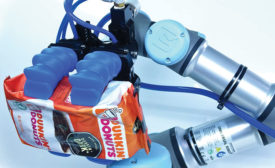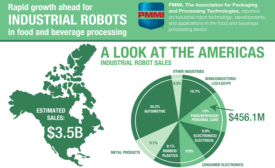Automation/Controls
Machinery
Consumers of the fourth industrial revolution have more choices and control than ever before
Read More
Automation
Bridging the Gap with IoT
IoT Gateways are the connection to all types of operational data.
March 13, 2019
Spotlight Feature
2019 Packaging Outlook: The Future Is Now
Part 1 of 6: Consumer habits, new technology and machinery changes provide exciting opportunities, along with some challenges, for the packaging market.
March 12, 2019
Keep the info flowing with our eNewsletters!
Get the latest industry updates tailored your way.
JOIN TODAY!Copyright ©2025. All Rights Reserved BNP Media.
Design, CMS, Hosting & Web Development :: ePublishing









